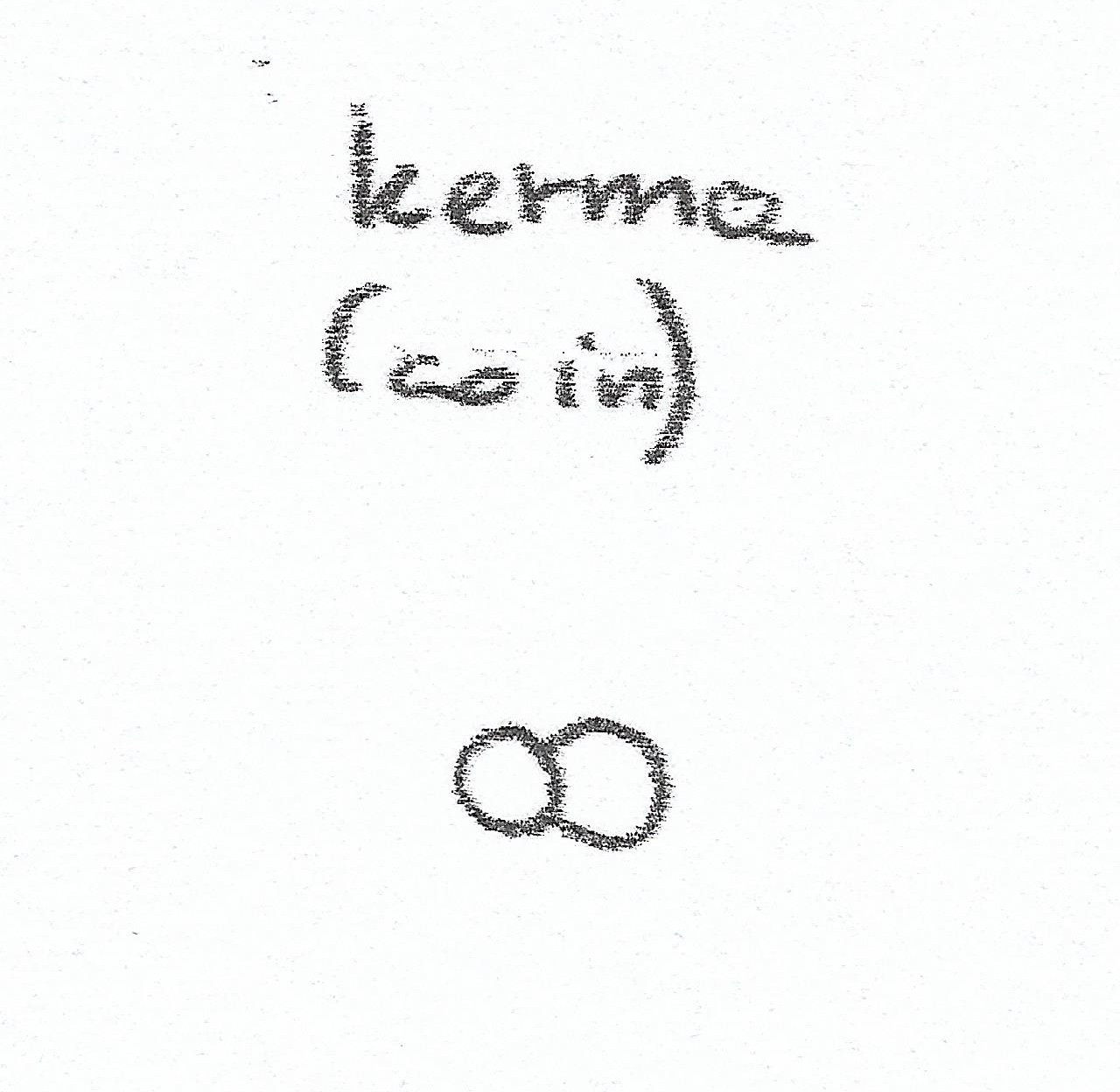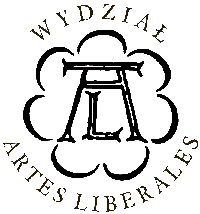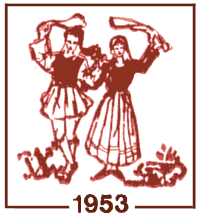| Testimony of: | coin |
| Source | Φαρμακίδης 1938, 140 (in EEH, sv. Αντρόυνο , p. 55-56) |
| Original text | Την Δευτέραν του γάμου, κατά την εσπέραν συναθροίζεται ολόκληρον σχεδόν το χωρίον εις το σπίτι του γαμπρού, όπου παιανίζει μουσική διά να χορεύσουν και να παραστώσι θεαταί του χορού του ανδρογύνου είναι δε καθιερωμένον έθιμον να "χορέψ' η νύφφη τζ' ο γαμπρός". Οταν αρχίση να χορεύη το νυμφικόν ζεύγος, έκαστος των παρευρισκομένων "πλουμίζει", ήτοι φιλοδωρεί προαιρετικώς διά νομίσματος όπερ ρίπτει εντός "πκιάτου" (πινακίου) καλυπτομένου υπό ερυθρού υφάσματος και κρατουμένου υπό οικείου ή συγγενούς της νύμφης. Ο κρατών το πινάκιον ίσταται όρθιος παρά την μουσικήν κρατεί δε και ανημμένον κηρίον. Ενώ πλουμίζουν τη νύμφην συγχρόνως πλουμίζουν και τον βιολιστήν, έχοντα ενώπιόν του απλούν πινάκιον εις το οποίον ρίπτει μικρόν κερμάτιον δι' αμοιβήν του. Μετά τον πρώτον χορόν αποσύρεται ο γαμβρός, ον διαδέχεται κουμέρα τις ή κάποια συγγενής της. Είναι δε υπόχρεος να χορεύση όλους τους εγχωρίους χορούς. Μετά το πέρας του χορού και αφού φιλοδωρήσουν όλοι οι παρευρισκόμενοι, ο κρατών το πινάκιον, αφού εγχειρίση το συλλεγέν χρήμα εις την νύμφην, θραύει εν μέσω γελώτων εις "εείαν της νύφφης τζαι του γαμπρού" ή "τ' αντροϋνου". |
| English translation | On the Monday of the wedding, by evening, nearly all of the village gathers in the house of the groom, where the music is played so they can dance, and the dancing performance of the married couple can be viewed; and the conventional custom is “to dance the bride and the groom”. When the married couple starts to dance, each of the bystanders “adorns” them, and offers them a coin by throwing it onto a plate covered with a red cloth and held by a relative or a member of the family of the bride. Whoever holds the plate stands still despite the music, and also holds a burning candle. While dancing the bride, people are also dancing the violinist who has a simple plate in front of him on which people put small coins to reward him. After the first dance the groom withdraws and the maid of honour or one of her female relatives replaces him. She is obliged to dance all the local dances. After the dance is over and all the attendees have given their gifts, the one holding the plate - after passing the collected money to the bride - breaks into laughter for “the health of the bride and the groom”, or “the married couple”. |
| Time/occasion of occurence | wedding |
| Region of occurence | Cyprus - Show on map |
| Function | payment, |
| Dance name | Androuno |
| Comment | it is called „adoring” |
| Symbol in Kinetography score |
|


